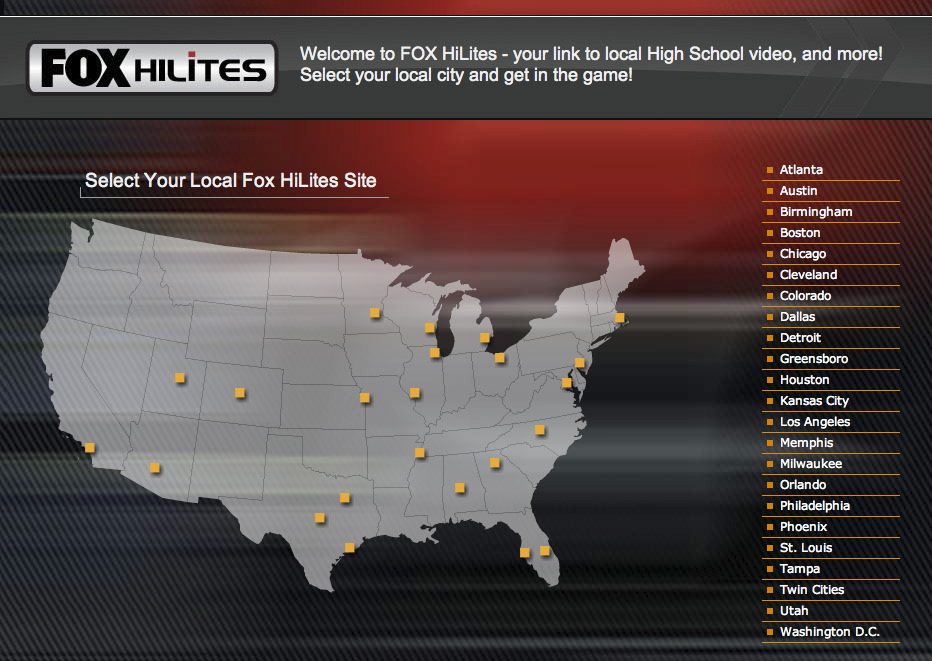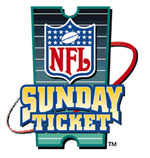 It’s about time. Traditional media has discovered the new media potential of high school sports.
It’s about time. Traditional media has discovered the new media potential of high school sports.
The most recent media outlet to the — pardon the pun — tailgate party is the Fox Television Stations, which has just launched FoxHiLites.com as a platform for sharing video and commentary of high school athletics and athletes. The service/site is available in 23 Fox markets, including Los Angeles, Chicago, Philadelphia, Boston, Dallas, Washington, D.C., and New York.
FoxHiLites is like YouTube for high school sports. FoxHiLites encourages producers, athletes, fans, parents, and coaches to upload video, which may appear on one of the Fox stations. And it’s not just about football, basketball, and baseball: FoxHiLites is looking for contributions in band, softball, boxing and the martial arts, cheerleading and dance, hockey, soccer, skateboarding, swimming and diving, tennis, track and field and cross country, volleyball, wrestling, and other miscellaneous activities. Continue reading »
 Want to watch NFL games (that’s American Football to most folks) over the web? Well, now you can, sort of (
Want to watch NFL games (that’s American Football to most folks) over the web? Well, now you can, sort of ( It was as if Vint Cerf, the so-called grandfather of the Internet, was talking to a group of dinosaurs.
It was as if Vint Cerf, the so-called grandfather of the Internet, was talking to a group of dinosaurs. Which will it be: Third Time is a Charm? Or Three Strikes and You’re Out?
Which will it be: Third Time is a Charm? Or Three Strikes and You’re Out? At last week’s Games Convention in Leipzig, Sony announced more details of its soon-to-be released VoIP solution for the PlayStation Portable. “Go!Messenger”, developed in partnership with telco BT, adds video and voice calls, as well as instant messaging to the device using its built-in WiFi connection.
At last week’s Games Convention in Leipzig, Sony announced more details of its soon-to-be released VoIP solution for the PlayStation Portable. “Go!Messenger”, developed in partnership with telco BT, adds video and voice calls, as well as instant messaging to the device using its built-in WiFi connection.
 Over at our sister blog, Read/WriteWeb,
Over at our sister blog, Read/WriteWeb,  DivX has officially unveiled its “Connected” media extender platform.
DivX has officially unveiled its “Connected” media extender platform.  On September 3rd, Microsoft will celebrate the five year anniversary of Windows Media Center, arguably one of the company’s more successful products. Windows XP Media Center Edition
On September 3rd, Microsoft will celebrate the five year anniversary of Windows Media Center, arguably one of the company’s more successful products. Windows XP Media Center Edition